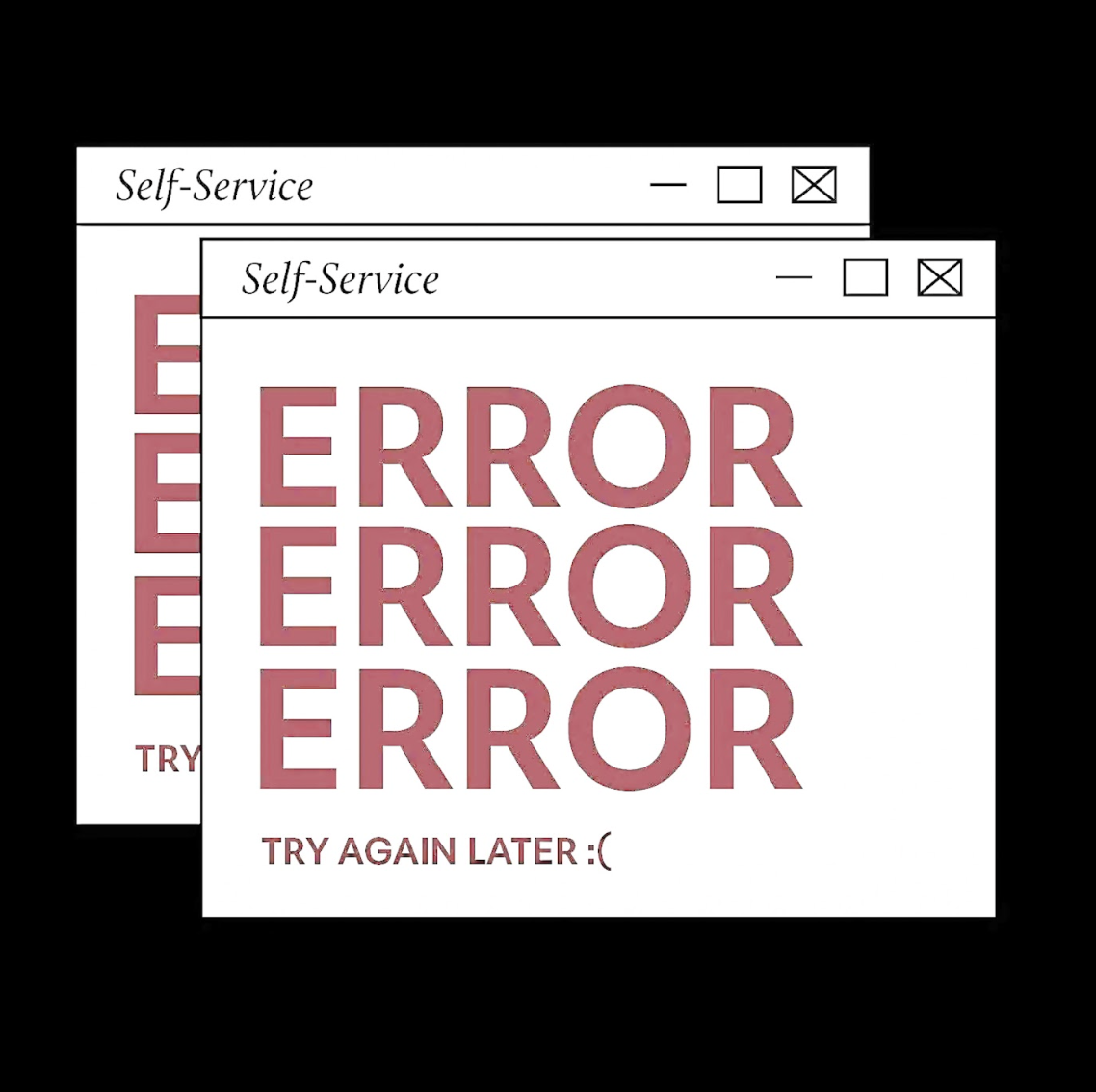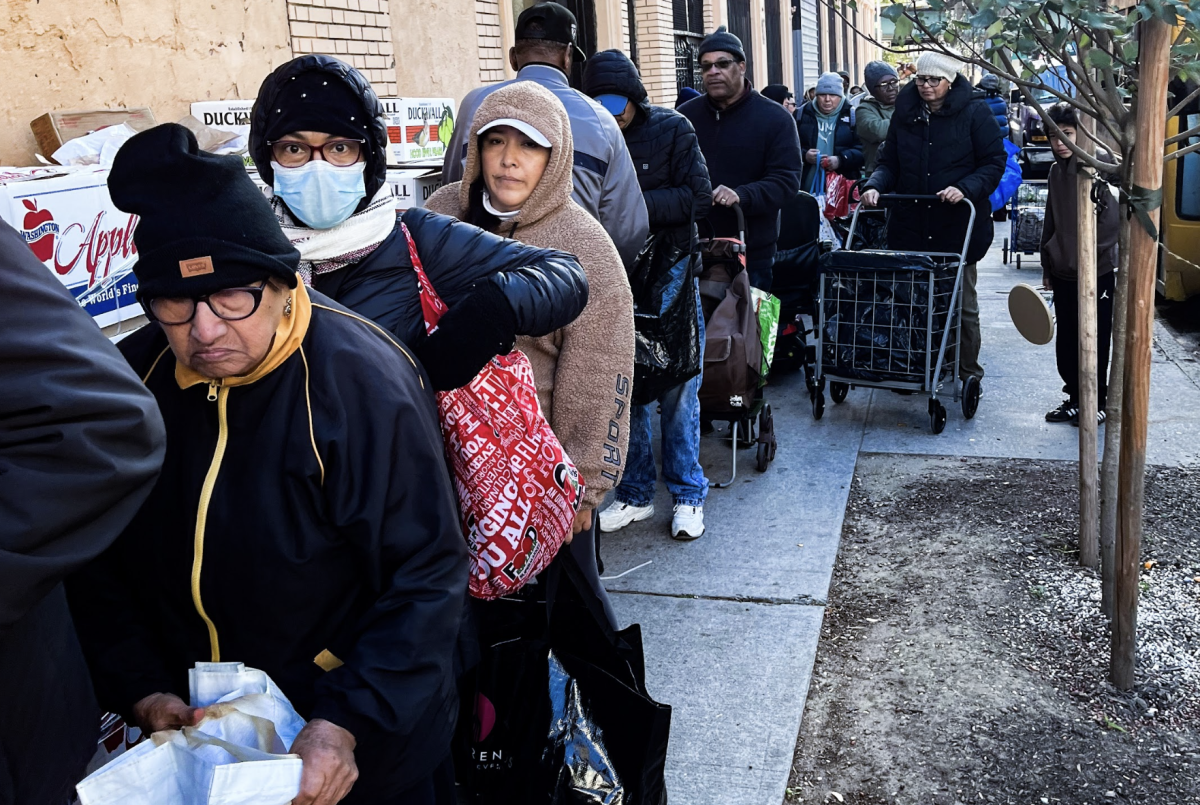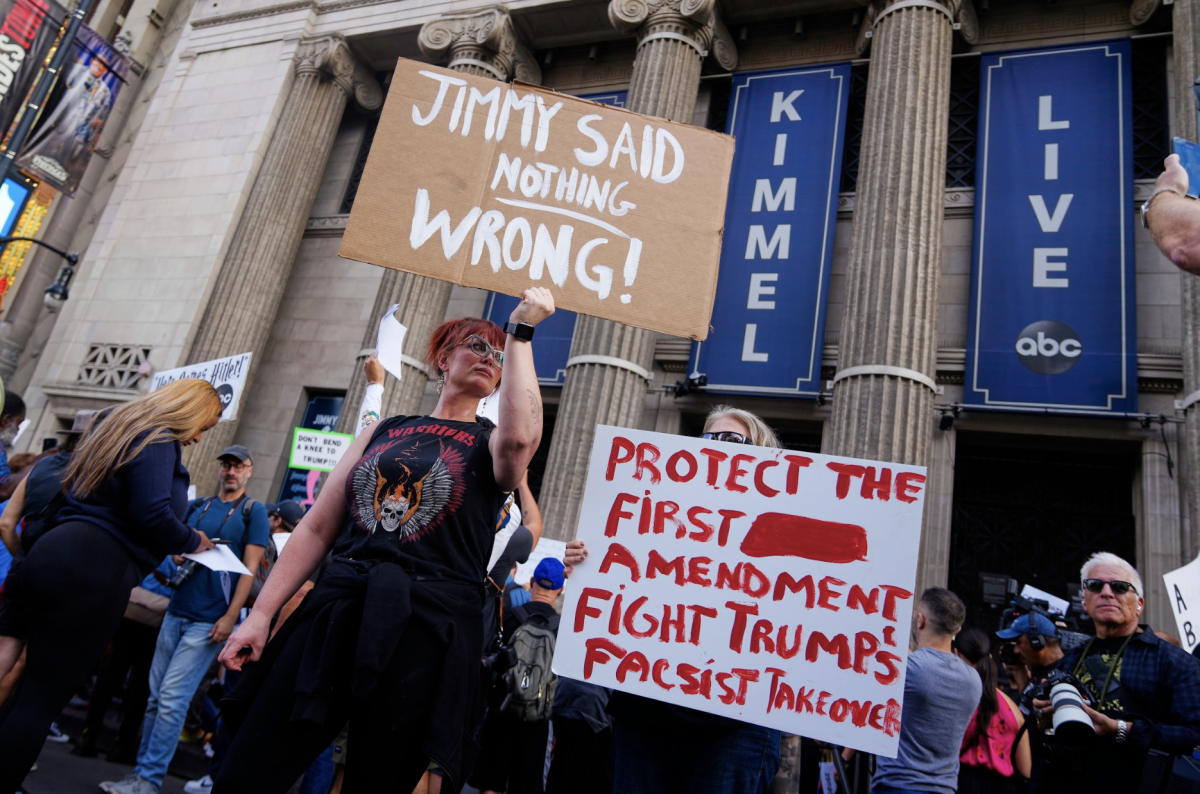We as a culture do not know how to handle rape.
According to the Rape Trauma Services website, 1.3 women are raped every minute, which translates into 683,000 per year. As if that weren’t staggering enough, the Connecticut Sexual Assault Services website holds that 80% of victims knew their assailant beforehand.
A Loyola resident reported an instance of sexual assault this past week, and further stated that this assault took place in Carrollton Hall in the room of a known acquaintance. Included with the email alerting us to the crime was a list of safety tips for women. We cannot discredit the LUPD for including tips which may prevent a terrible crime from happening to someone else; we can, however, discredit a society in which such a list is necessary.
The LUPD issues many such lists aimed at preventing their students from being the victims of crimes. This is an admirable goal. But this list seems problematic; the very first item on it is “Know who you are with and make your intentions known at the beginning of a relationship.” This seems to indicate that anyone left in the dark as to the nature of a relationship will assume it is sexual, and force the issue if the other party disagrees. Regardless of whether this is true or false, why do we live in a world where the LUPD feels it necessary to issue such a warning?
The United States seems prone to more violent crime than similarly-developed nations. The cause of this is up for debate, but rape seems a particularly exceptional instance. According to the Rape Trauma Services website, only 16% of rapes are ever reported, and a 2000 Bureau of Justice Stats study found that only 48.8% of women who’d been victims of a crime that matched the definition considered themselves victims of rape.
Colleges, in particular, seem a breeding ground for these strange statistics to fester. The website for the Center for Problem-Oriented Policing says that women in college are more at risk for rape than women in the same age group who aren’t at college.
Why is acquaintance rape so prevalent? Why particularly on college campuses? How can we as a culture have such a huge instance of people willing to inflict
suffering on those they know? How can rape – an act committed in hostility with a lust for power and the humiliation of those it is perpetrated against – be performed by acquaintances?
Is it the hook-up culture on college campuses that increases the prevalence of rape? It may well be that the frequent interrelation between drinking and hook-ups may in some way blur the line between what constitutes consent and what does not. Even if true, however, this would not make it a moral grey area. Anytime one person compels another into sex or takes advantage of someone’s impaired state, they are unambiguously the perpetrators of a crime.
We cannot prevent danger from existing in all cases – murders, robberies, assaults and even rape will always be a part of the landscape, and being aware of danger is a trait all people should share. But rape should never be such a part of a society’s landscape that the organization responsible for protecting us thinks it necessary to warn people to make their intentions clear at the beginning of a relationship. That kind of omnipresent danger can and must be eradicated.
This editorial is the majority opinion of the editorial board named above.






